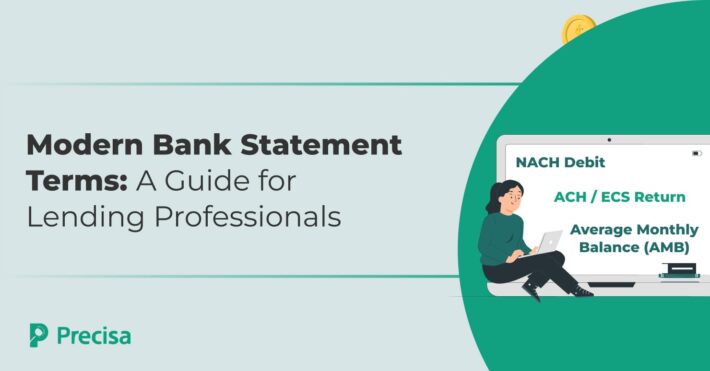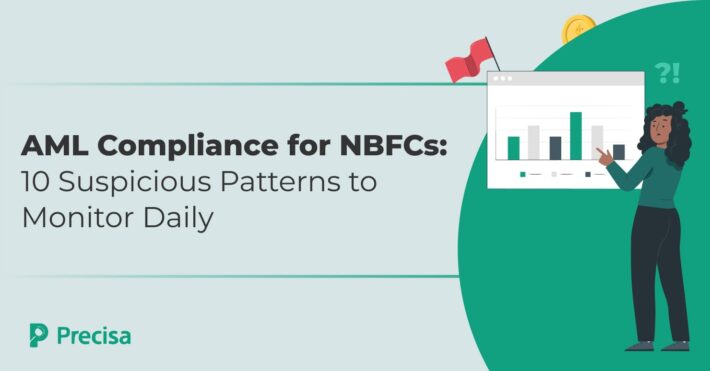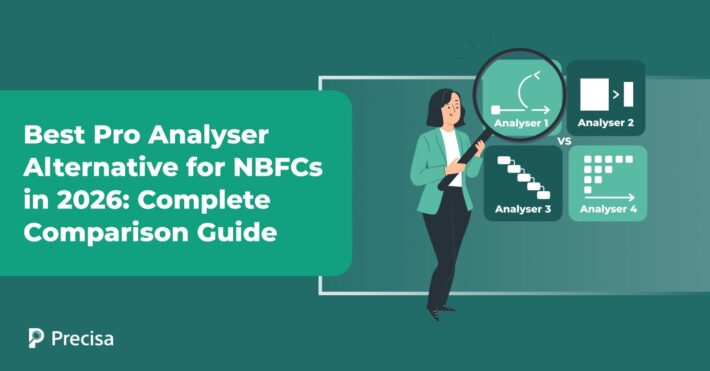RBI’s Policies on Co-lending to Priority Sectors by Banks and NBFCs

What is a co-lending arrangement?
A co-lending arrangement is when a bank and an NBFC jointly contribute loans to a facility, sharing the risks and rewards.
Co-lending model (CLM) improves the flow of credit to underserved sectors and provides funds to beneficiaries at an affordable rate. This is made possible by combining the lower cost of funds from banks and the greater reach of NBFCs.
The Reserve Bank of India (RBI) vide circular no. FIDD.CO.Plan.BC.08/04.09.01/2018-19 dated 21/09/18 had put in place a framework for co-origination of loans by banks and a category of Non-Banking Financial Companies (NBFCs) for lending to the priority sector.
Listed below are the guidelines from RBI, which require banks and NBFCs to establish and publish approved policies on their websites before entering into the Co-Lending model:

1. Due Diligence of Co-lending NBFC
The bank will carry out due diligence on all NBFCs before onboarding them as co-lending partners.
2. The Banks will follow these guidelines while co-lending:
a. Servicing of Loans
NBFCs are usually responsible for servicing and collecting the underlying loans. The bank or a third party appointed by the Bank would hold all the loan agreements, security creation documents, etc.
b. Credit Approval Process
Co-lending partner NBFCs will be evaluated based on their profile, sourcing capabilities, portfolio behavior, and collection mechanism/recovery record.
NBFCs will be provided with key parameters for loan sourcing by the Bank, and NBFCs will submit selected cases for approval based on those parameters. Bank credit processes, policies, and product programs will be used to evaluate all loans sanctioned under the arrangement.
c. Interest Rate to End Borrower
In the case of fixed-rate loans, a blended or all-inclusive interest rate will be offered to the borrower, based on the respective interest rates and risk sharing between the Bank and the NBFC.
A weighted average of the benchmark interest rates will be offered in a floating interest rate scenario. The recovery of interest will be shared between the Bank and the NBFC in proportion to their share of credit and interest in mutually agreed terms.
d. Accounting:
The loans would be recorded under Advances, and it would be recorded under Interest Income if interest were paid on these loans.
e. Payout Distribution
The Bank and NBFC will open an escrow type common account for pooling respective loan contributions for disbursal and appropriate loan repayments from borrowers. This account will be opened, monitored, and operated by the bank.
The Bank will maintain individual borrowers’ accounts as per its own outstanding. It will share data with the NBFC to generate and share a single unified statement with the end customer.
In relation to the collections, the Bank and NBFC will agree on a waterfall payout mechanism. The NBFC will transfer funds from the escrow account where the collections are deposited the same day to the Bank’s account under the Bank’s practices.
f. Approval Authority
To ensure management authorization for every engagement, the delegation of authority to approve an agreement with an NBFC would lie with personnel authorized by the Board, including the Chief Credit Officer.
g. Documentation
Customer interaction is the NBFC’s responsibility, and a loan agreement with the borrower must contain the terms and conditions of the loan arrangement and their respective roles and responsibilities.
The NBFC will issue a letter to the customer stating that the Bank and NBFC have jointly sanctioned the loan. All the details of the arrangement shall be disclosed to the customer upfront.
The NBFC shall also give an undertaking to the Bank that its contribution towards the loan amount is not funded out of borrowing and any of its group companies or associates.
Any legal document, including Master Agreement, Facility Agreement, and any document having legal implication under this arrangement would be completed in consultation with NBFCs and vetted by the Bank’s Legal Department or an external Legal counsel.
h. Reporting Requirements
The bank will carry out its independent provisioning, including a declaration of account as NPA per the applicable regulatory guidelines and the Bank’s credit policy. In addition, the Bank will follow the reporting requirements under applicable law and regulations.
i. Capital Treatment
Banks must maintain capital on their proportionate Loan Outstanding based on RBI guidelines.
j. Know Your Customer (KYC)
The bank will comply with the Directions – Know Your Customer (KYC) Direction, 2016, issued by RBI vide RBI/DBR/2015-16/18 Master Direction DBR.AMLBC.No.81/14.01.001/2015-16 dated February 25, 2016, and updated from time to time.
k. Security and Charge Creation
The security and charge creation will be arranged mutually between both lenders.
l. Grievance Redressal
Suitable arrangements shall be made by the co-lenders to resolve any complaint registered by a borrower with the NBFC within 30 days, failing which the borrower could escalate the same to the Customer Education and Protection Cell (CEPC) in RBI.
m. Business Continuity Plan (BCP)
In the event of termination of the co-lending arrangement between the co-lenders, the bank and NBFC shall implement business continuity plans to ensure uninterrupted service to the borrowers.
Solution for lenders
Precisa is an online financial statement analysis tool that banks, NBFCs, and other institutions use to analyse and provide creditworthiness to potential borrowers.
Financial statements are good indicators of a business entity or individual’s income and expenses. Thus, most financial institutions determine the customer’s creditworthiness based on detailed scrutiny of these statements.
It presents a unified solution to all the digital challenges faced by the lenders in the following manner:
1. Intelligent document processing
Precisa makes accessing financial data easier by following an Account Aggregator framework that allows in-depth analysis of the economic data for multiple bank accounts. This report helps identify any irregularity and helps provide the right loan amount.
2. Risk Evaluation
Precisa Score can help evaluate an enterprise’s creditworthiness and loan repayment probability. It aids the lenders in providing loans to only those businesses which have the potential to repay the loan.
3. Cash Flow Assessment
Precisa shows monthly metrics about cash inflow and cash outflow transactions of the business to ascertain the risk of lending to the enterprise. A healthy cash flow will lead to timely loan repayment by the enterprise.
Wrapping Up
Through co-lending, credit is improved to priority sectors, and funds are provided at a reasonable rate. In combination with the lower cost of funds offered by banks and the greater reach provided by NBFCs. However, there is a list of guidelines issued by the RBI to ensure a smooth lending process for both the borrower and the lender, which makes it difficult for the banks to investigate potential borrowers.
It is a sensible decision to consider a financial statement analyser tool like Precisa to assist banks in determining the creditworthiness of their customers and provide better services.



